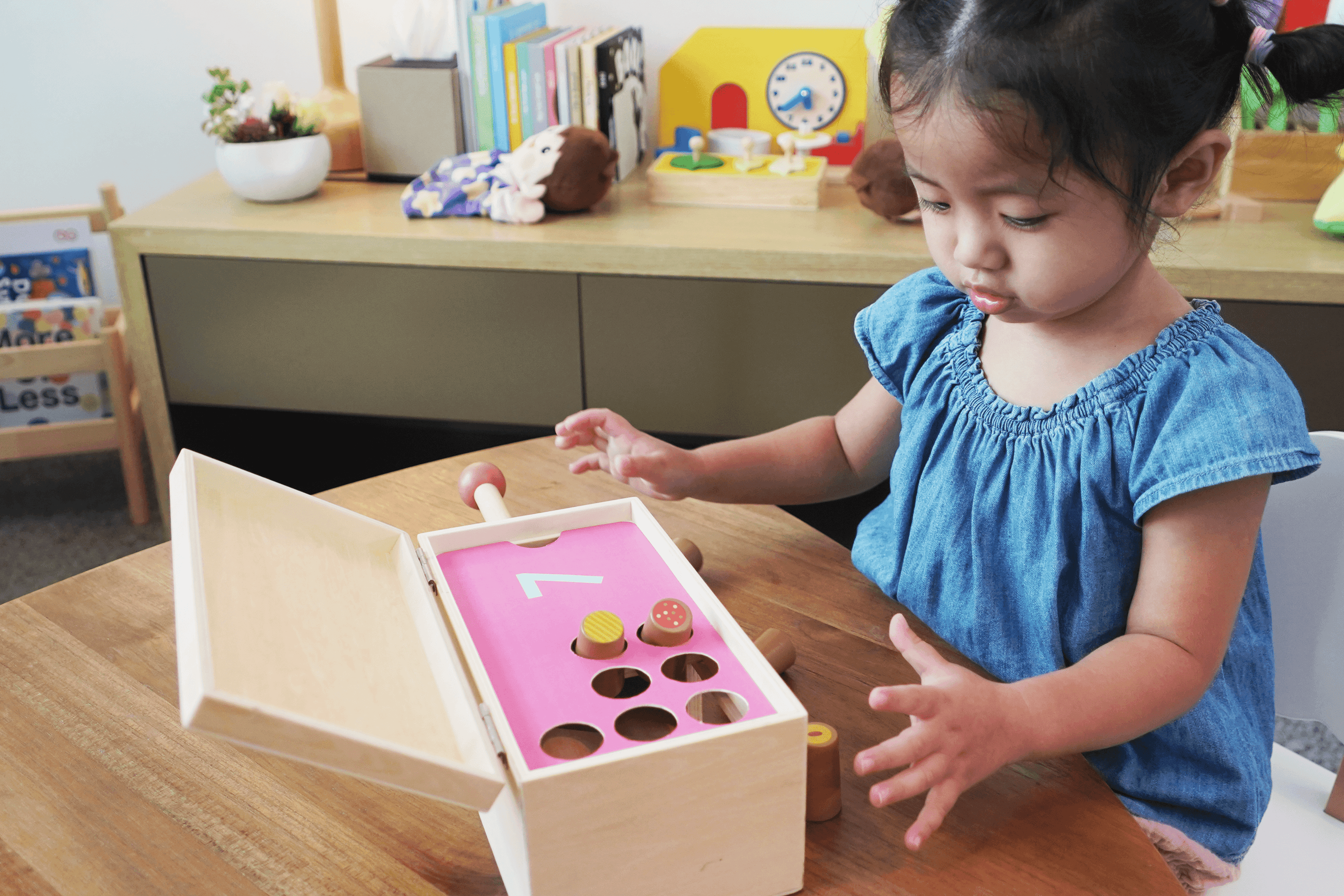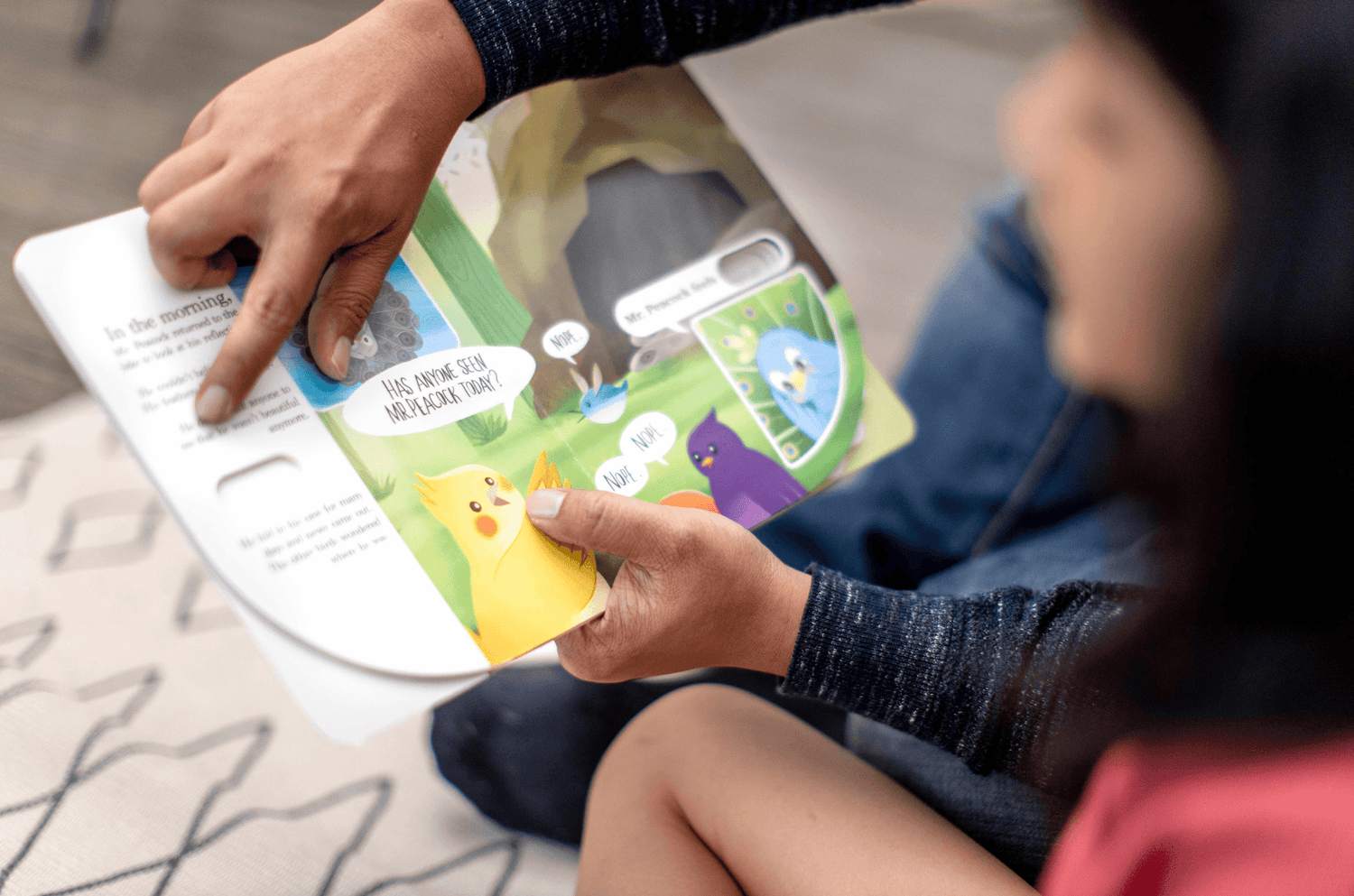Everyone learns differently and has different needs when it comes to learning. The three dominant learning styles are usually defined as visual, kinesthetic or aural. Most learners have a preference and are stronger under a particular style, but that doesn’t mean that they don’t use all three. Here are some ways to identify your child’s preferred learning style.
Visual Learners
Visual Learnersare more observant and have interest in various forms of visual art. They retain information relatively quickly when looking at different forms of screens, such as movies, television, computer or mobile devices. They have a relatively good memory, especially when revisiting places or meeting people for the second time. They can use colours or shapes as a way to separate different groups of information and prefer to read instructions rather than listening to them.
Kinesthetic Learners
Kinesthetic learners are physically active by nature and prefer to be hands-on. They may even demonstrate such characteristics at their toddler stage, such as being early crawlers or walkers, or non-stop movement when sitting. This could be because kinesthetic learners need to move to better process information. They could potentially suffer from traditional teaching in classrooms due to the lack of freedom and space to move.
Aural or Auditory Learners
Aural learners engage with their ears which means that they prefer to listen, whether that is through a video, song, conversation or others. They enjoy retaining information from conversations, and they enjoy both speaking and listening. They have an easier time following verbal instructions given their stronger verbal and listening skills.
Field-sensitive and field-independent - Other styles of learning
Nowadays, educators have also identified two new categories of learning: field-sensitive and field-independent. Field-sensitive learners refer to children who like to be instructed and prefer to work in groups, as they like to work with others to achieve a common goal. Field-independent learners like to rely on themselves and explore the topic on their own. They require minimal instructions and don’t need much support from teachers or peers. However, these two learning styles are usually more apparent at an older age.
Knowing that there are three different learning styles, how should you identify which type of learning style best fits your child? How can you support your child’s learning style at home? Read more at this article.



